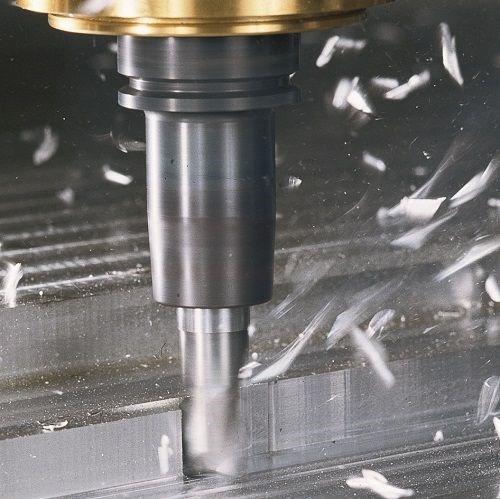Webinar: Increase Milling Output on Your Existing Machine
It is not always the strength of the tool or the power of the machine that limits your depth of cut. In many cases, the limitation is the tendency to vibrate. Learn how to mill more productively by selecting spindle speeds tailored to your machine’s dynamics.
Share









An Airbus research and technology leader was quoted in this article describing what he sees as low-hanging fruit in the supply chain—that is, opportunities to get greater output from existing CNC machines. One opportunity he sees is increasing metal removal rate in milling by selecting spindle speeds with an understanding of the machine’s and the overall system’s tendencies to chatter. The practice has been known for decades, and Dr. Scott Smith of BlueSwarf explained in a recent Webinar just how to obtain this productivity gain.
The webinar is worth your time, because the steps for increasing productivity by mastering a machine tool’s dynamic characteristics can be counterintuitive. For example, while a shorter milling tool is likely to produce a more rigid system, that shorter tool is not necessarily better when it comes to chatter’s effect on how deep the cut can go. Dr. Smith explains why a longer tool more prone to deflection might actually be the tool able to take the deepest cut. Animations in the webinar illustrate the various frequencies your milling process is subject to, and why your cut is behaving the way it is.
Related Content
-
Tungaloy Drills, Milling Inserts Provide Enhanced Stability
Tungaloy has expanded its DrillForceMeister and TecMill lines with new drill bodies and milling inserts.
-
Ceratizit's Updated Tooling Solutions Improve Machining Performance
The company has upgraded its EcoCut indexable inserts lineup, as well as introduced two new toolholding and workholding solutions.
-
Big Daishowa Chuck Eliminates Chatter in Milling Operations
The Mega 12DS chuck is designed for trochoidal milling with anti-vibration end mills.




































